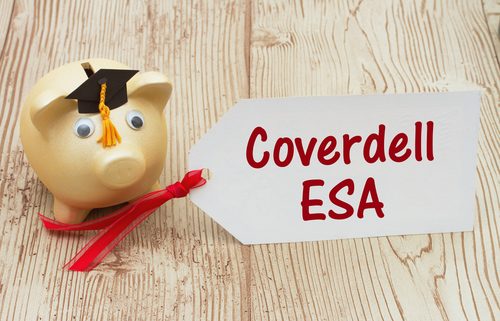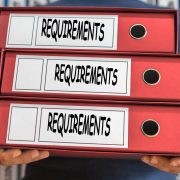How to Save for College Expenses with a Self-Directed CESA
College. If the word alone strikes fear into the heart, there’s a good reason for that. College education is costing more than ever lately, with an average of $35,000 per student per year—if that includes living expenses. You might not just have that kind of change laying around under the couch cushions. That’s why you need a plan to take hold of your finances, get the most out of your investments, and put aside money towards college education that can grow with tax protection benefits. One answer for that? The Self-Directed CESA (Coverdell Education Savings Account).
What is the Self-Directed CESA?
This is a style of account in which you put aside money for a beneficiary, typically under 18 years old, for the purposes of future education and education related expenses. For example, a valid use of the expenses in this account would include tuition costs, or the cost of books. But before you get to that point, you first have to put the money away. Self-Directed CESAs allow you to do so while using the full freedom of a self-directed account, meaning you can choose where the investments lie.
Putting this money into the account allows the funds within the account to grow tax-free, which is the key benefit that helps you maximize the value of your savings. However, you’ll also have to choose what you want to be in this account. With Self-Direction, there may be plenty of options available to you. Make sure you consult with a financial advisor and talk about your time horizon on the account. As opposed to retirement accounts, one key difference with a college savings account is that your time horizon may be far shorter. This forces you to think about what the money might look like by the time your child/beneficiary turns 18, when you need to start putting the money to use.
Why Choose a Self-Directed CESA?
Why can’t you just put money aside in a savings account and try to save as much as you can? Anyone who’s studied investing knows that if your time horizon is long enough, the chances are pretty good you can experience some pretty good compound growth over time. Starting an education savings account like this when your child is born, for example, gives you plenty of time to begin saving and putting money aside.
Freedom and control are two of the key points here. If you have a lot of experience in investing in a particular type of asset class, for example, self-directing can give you the kinds of options you want when putting aside money for a college savings fund. This allows you the freedom and flexibility to build the portfolio on your terms, which may help you get the kinds of returns you may be seeking. Less experienced investors should think about reaching out to financial advisors as well, as they can help guide the investor’s journey with specific set goals for the savings accounts.
College tuition is expensive—with no signs of letting up. Even when weighed against inflation, it continues to go up and up, which puts more pressure on people to put aside money to help children and beneficiaries. To better get a hold of what you can do with a Self-Directed Coverdell Education Savings account, we recommend that you keep reading up on them here at American IRA.
Interested in learning more about Self-Directed IRAs? Contact American IRA, LLC at 866-7500-IRA (472) for a free consultation. Download our free guides or visit us online at https://americanira.com/.






